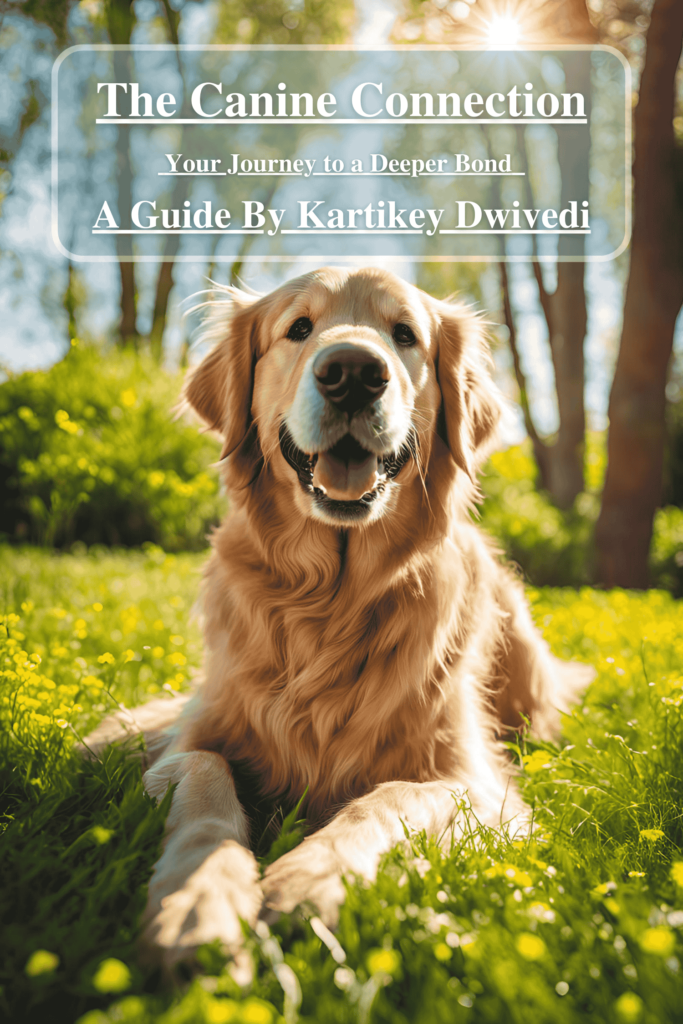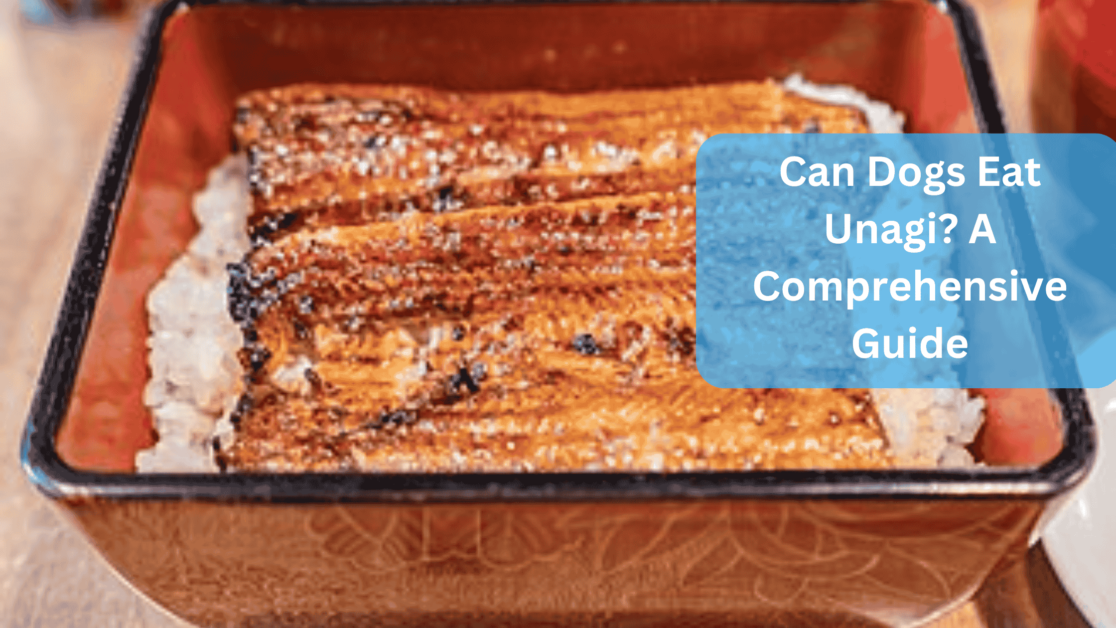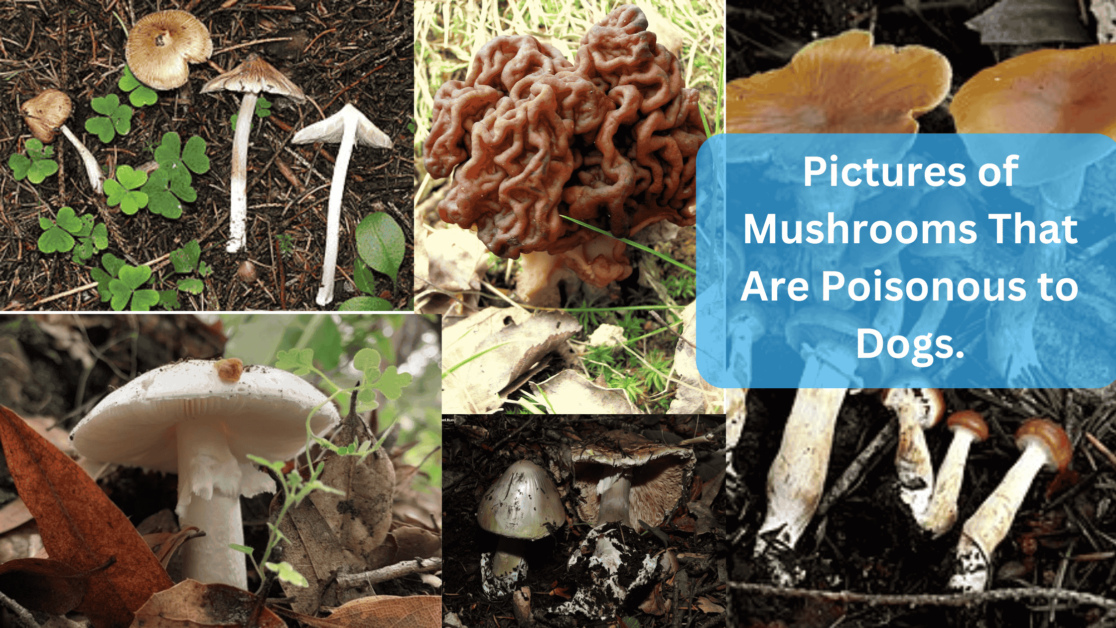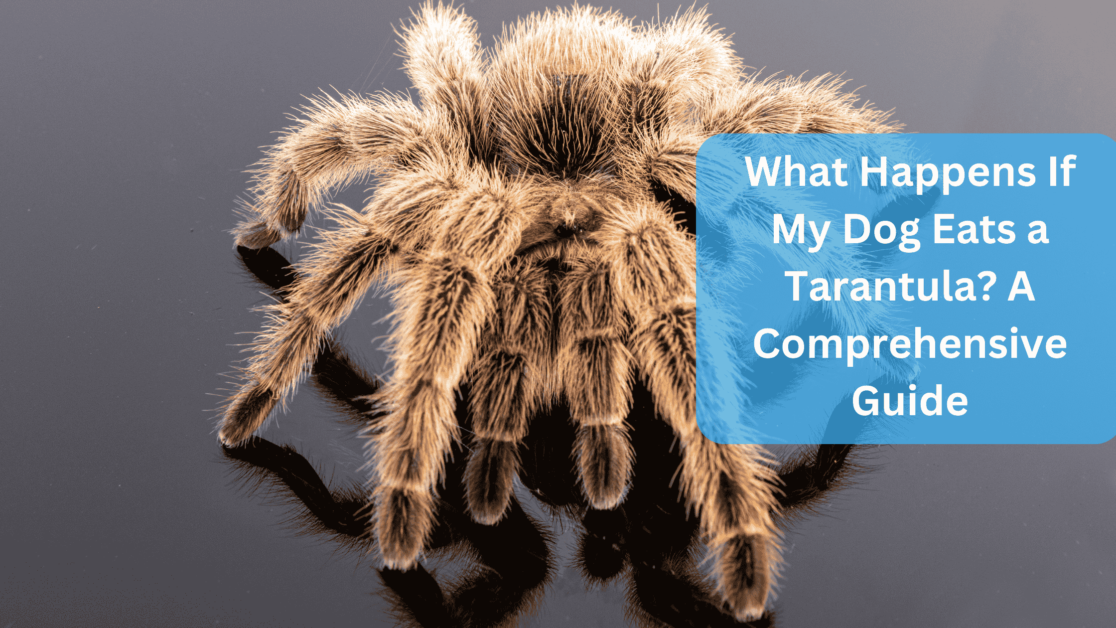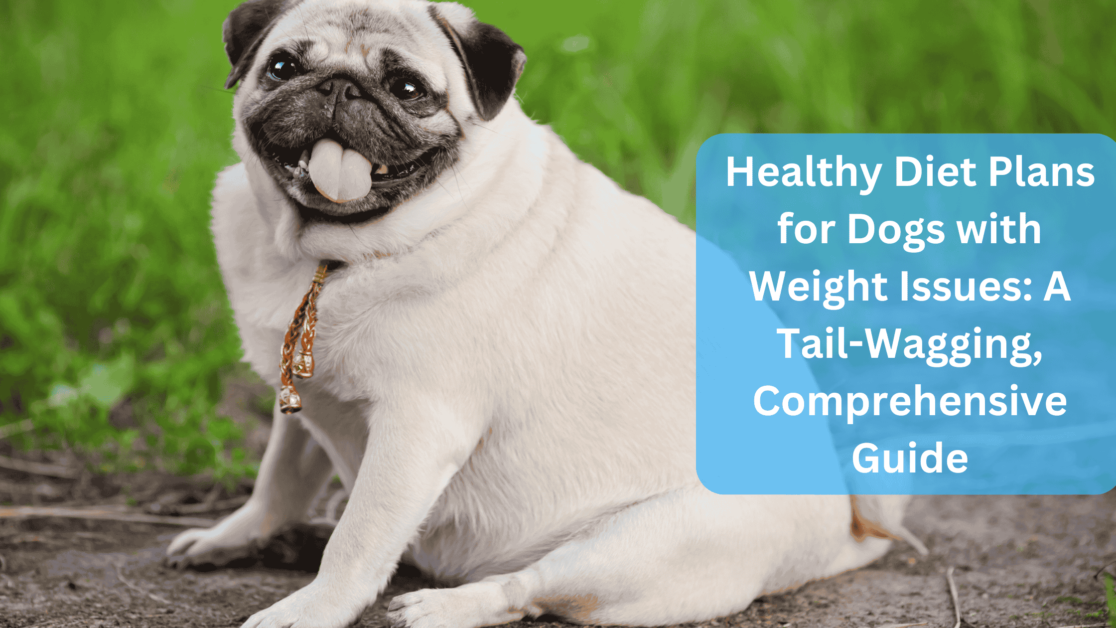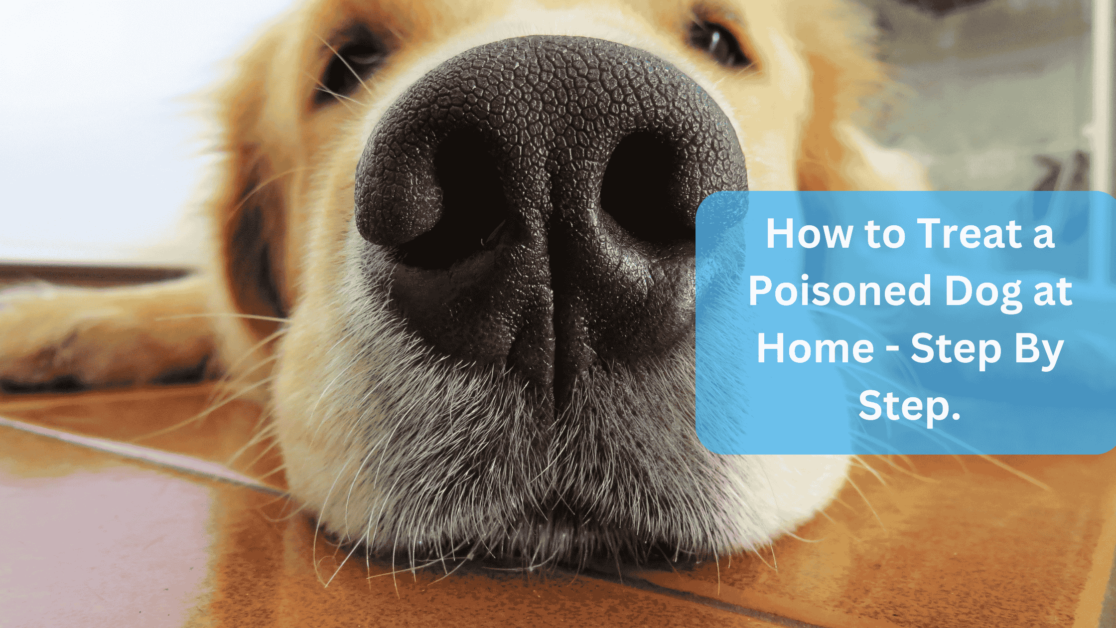Do you want Pictures of Mushrooms That Are Poisonous to Dogs? – You’re out for a walk with your dog, enjoying the sights and smells of nature, when suddenly, your furry friend sniffs out something… intriguing.
It’s a mushroom! 🍄 Now, while some mushrooms are perfectly safe (and delicious for humans, in some cases), others can be downright dangerous – even deadly – for our canine companions.
The world of fungi can be tricky, and knowing which mushrooms are poisonous to dogs is crucial for keeping your pup safe.
Fear not, fellow dog lovers! This guide is here to help you navigate the sometimes-spooky world of mushrooms.
We’ll cover everything from identifying toxic mushrooms to recognizing symptoms and knowing exactly what to do if your dog decides to have a fungal feast. Let’s get growing! (Okay, maybe not growing, but you get the idea!)
Are Mushrooms Poisonous for Dogs? The Short Answer: Sometimes, and It’s Complicated!
The short answer is: yes, some mushrooms are very poisonous for dogs. But it’s not as simple as saying “all mushrooms are bad.”
Just like with plants, there are both harmless and harmful varieties.
The tricky part is that many poisonous mushrooms can look very similar to edible ones, making identification a real challenge. It’s like a botanical game of “spot the difference,” and it’s a game you don’t want to lose.
It’s also important to note that the level of toxicity can vary greatly depending on the type of mushroom.
Some may cause mild gastrointestinal upset, while others can lead to severe organ damage or even death. It’s like a spectrum of fungal danger, and you need to know where each mushroom falls on that scale.
What Happens If a Dog Accidentally Eats Mushrooms? A Fungal Horror Story
So, what exactly happens if your dog decides to sample a potentially poisonous mushroom? Well, it’s not a pretty picture, and the symptoms can vary depending on the type of mushroom ingested. Here’s a general overview:
- Gastrointestinal Upset: This is often the first sign, and it can include vomiting, diarrhea, abdominal pain, and loss of appetite. It’s like their tummy is saying, “Nope, not a fan of this snack!”
- Neurological Issues: Some mushrooms contain toxins that affect the nervous system, leading to symptoms like tremors, seizures, incoordination, and even paralysis. It’s like their brain is having a little meltdown.
- Liver and Kidney Damage: Certain toxins can cause severe damage to the liver and kidneys, which can be life-threatening. It’s like their vital organs are being attacked.
- Other Symptoms: Other symptoms can include excessive drooling, lethargy, jaundice (yellowing of the skin and eyes), and in severe cases, coma or death. It’s like their body is shutting down.
The onset of symptoms can vary as well. Some mushrooms cause symptoms within minutes to a few hours, while others may take up to 24 hours to manifest. This makes it crucial to act quickly if you suspect your dog has eaten a mushroom.
What Happens If a Dog Eats a Cooked Mushroom? Does Cooking Help?
Unfortunately, cooking does not make poisonous mushrooms safe for dogs. The toxins in many poisonous mushrooms are heat-stable, meaning they aren’t destroyed by cooking.
So whether it’s raw or cooked, a poisonous mushroom is still dangerous for your pup. It’s like trying to neutralize a bomb with a hairdryer – it’s just not going to work.
Backyard Toxic Mushroom Identification for Dogs: A Tricky Task
Identifying toxic mushrooms can be incredibly difficult, even for experienced mushroom hunters.
Many poisonous mushrooms look very similar to edible ones, and even subtle differences can be hard to spot.
This is why it’s so crucial to prevent your dog from eating any wild mushrooms.
However, knowing a few basics can help you be more aware of potential dangers in your backyard:
- Amanita Mushrooms: These are some of the most dangerous mushrooms for dogs and include the “death cap” and “destroying angel” varieties. They often have a cap, stalk, and ring around the stalk. They are often white or pale in color.
- Galerina Mushrooms: These are small brown mushrooms that can cause severe liver damage. They often grow on decaying wood.
- False Morels: While they look similar to edible morels, false morels contain toxins that can cause gastrointestinal distress and neurological issues.
- Inocybe Mushrooms: These mushrooms contain muscarine, which can cause excessive drooling, vomiting, and diarrhea.
It’s important to note that this is not an exhaustive list; there are many other types of poisonous mushrooms.
Are Lawn Mushrooms Poisonous to Dogs? The Common Culprits
Yes, lawn mushrooms can be poisonous to dogs. Many of the mushrooms that pop up in our yards are not the edible kind; some can be quite toxic.
This is why it’s crucial to be vigilant about removing any mushrooms that appear in your yard—especially if you have a curious dog who likes to explore with their mouth. It’s like having a minefield in your backyard; you need to clear it out.
Which Mushrooms Are Poisonous to Dogs? A More Detailed Look
Let’s delve deeper into some of the most common culprits:
- Amanita Species: As mentioned earlier, these are among the most dangerous; death cap and destroying angel being particularly deadly due to containing amatoxins that cause severe liver and kidney damage.
- Galerina Species: These small brown mushrooms also contain amatoxins and can cause similar symptoms as Amanita mushrooms.
- False Morels (Gyromitra species): These contain gyromitrin which can cause gastrointestinal distress along with neurological symptoms and liver damage.
- Inocybe and Clitocybe Species: These contain muscarine which causes excessive drooling along with vomiting and diarrhea.
- Boletus Species: While some boletes are edible; others can cause gastrointestinal upset. It’s best to avoid all boletes unless you are an expert.
Pictures of Mushrooms That Are Poisonous to Dogs: A Visual Guide (with a Disclaimer)
While pictures can be helpful, it’s crucial to remember that visual identification alone is not enough to determine if a mushroom is safe.
There are many variations within species; even experts can sometimes have difficulty identifying mushrooms.
Disclaimer: The following descriptions are for informational purposes only and should not be used to identify mushrooms for consumption. If you are unsure about a mushroom, assume it is poisonous and keep your dog away.
- Amanita phalloides (Death Cap): Often has a greenish-yellow cap, a white stalk, and a ring around the stalk. The base of the stalk is often bulbous and surrounded by a sac-like structure (volva).
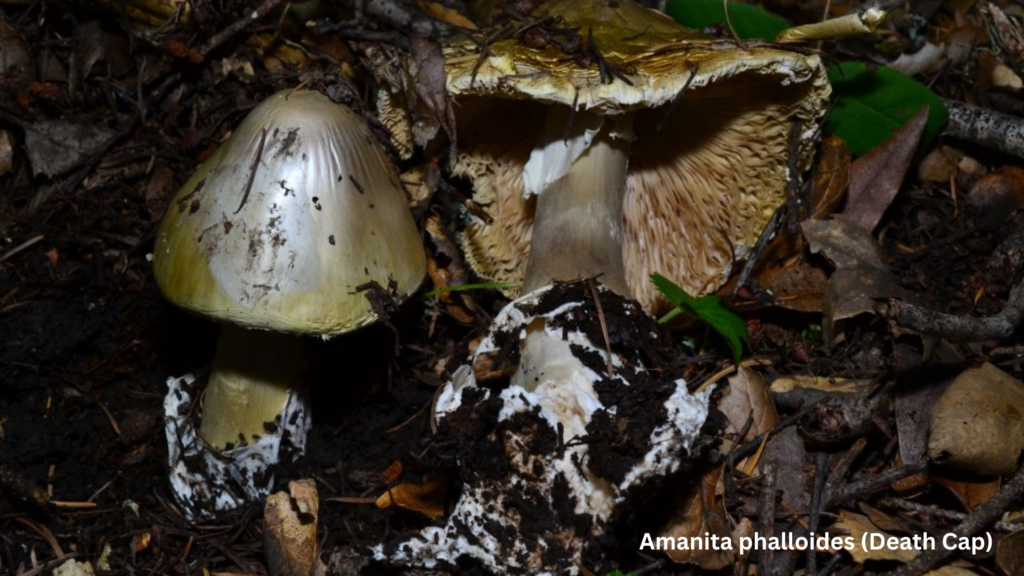
- Amanita ocreata (Destroying Angel): This mushroom is pure white and has a similar structure to the death cap with cap, stalk, ring, and volva.

- Galerina marginata: Small brown mushrooms with a ring around the stalk; they often grow on decaying wood.
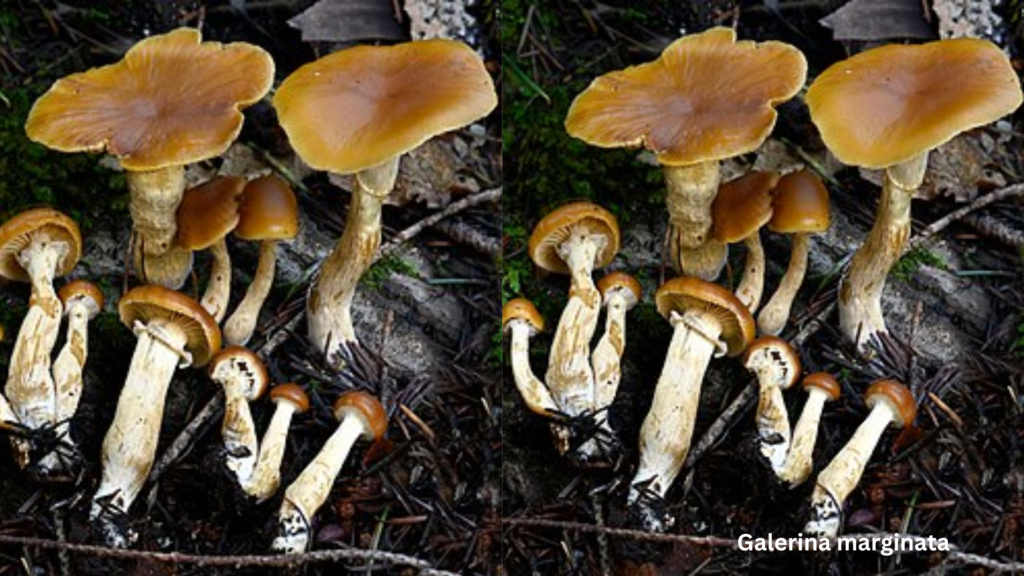
- False Morel (Gyromitra esculenta): The cap is often wrinkled and brain-like in appearance.
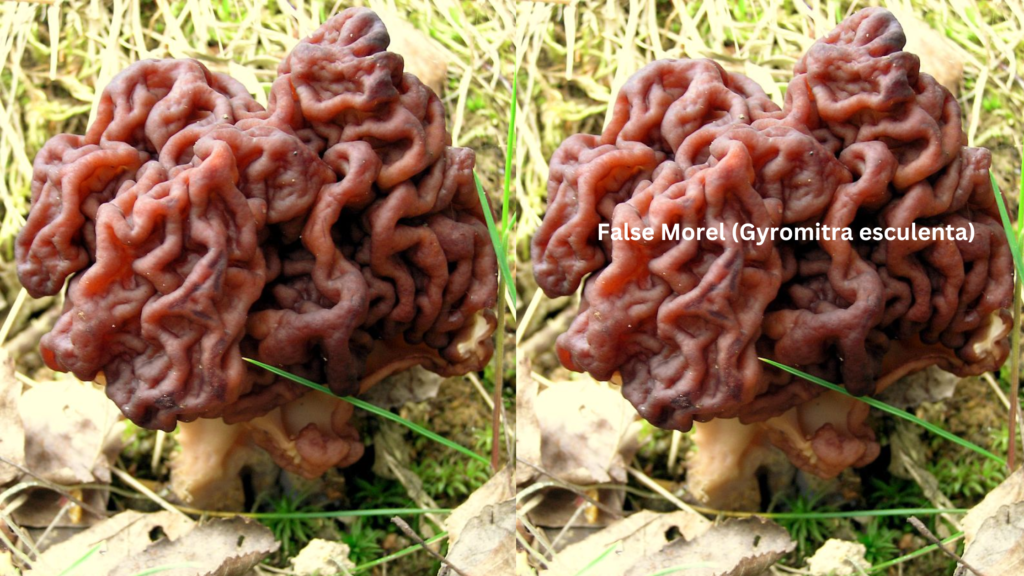
- Inocybe species: Often have a conical or bell-shaped cap and fibrous stalks.
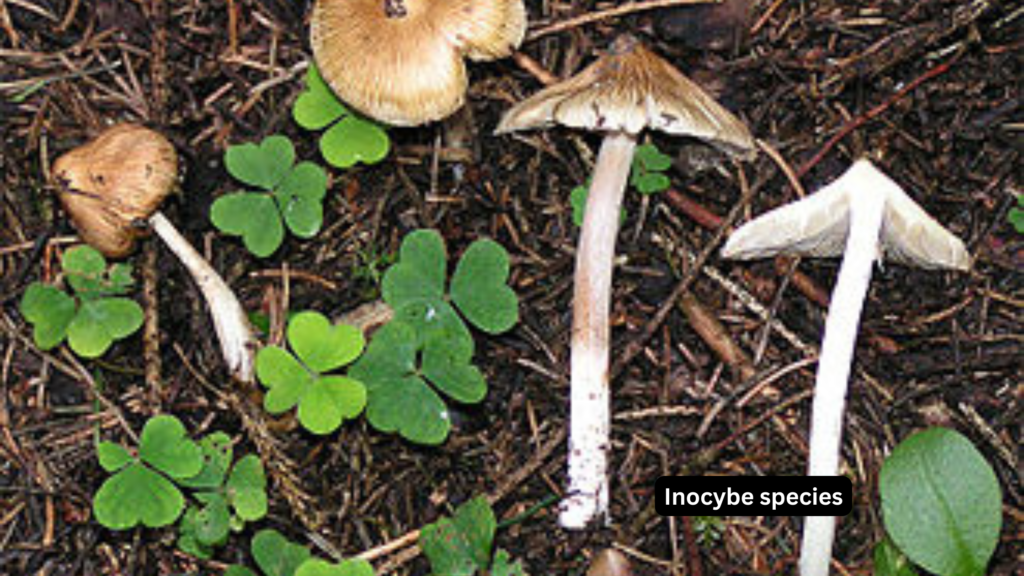
Haymaker Mushroom Dog Poisonous: A Specific Concern
The “Haymaker” mushroom (Panaeolus foenisecii) is common in lawns; it can cause gastrointestinal upset in dogs.
While not typically deadly; it may lead to unpleasant symptoms such as vomiting and diarrhea. It’s like a tiny tummy-troubling terror.
Are Brown Mushrooms Poisonous to Dogs? A Common Question
Many brown mushrooms pop up in yards; it’s natural to wonder if they’re all dangerous.
While some brown mushrooms are edible; many are poisonous including Galerina species along with certain boletes.
It’s best to assume all brown mushrooms are potentially toxic; keep your dog away from them—like adopting a “better safe than sorry” approach.
My Dog Ate a Mushroom in the Grass: Now What?
If you suspect your dog has eaten a mushroom; it’s time to act quickly:
- Stay Calm: Your dog will pick up on your anxiety; so try remaining calm and collected.
- Assess the Situation: Check your dog for any immediate signs of distress.
- Remove Any Remaining Mushroom Pieces: If there are any bits still in your dog’s mouth; carefully remove them.
- Try Identifying the Mushroom: If possible; take a picture or collect a sample safely for your vet.
- Contact Your Veterinarian: Seek immediate veterinary care especially if your dog shows any symptoms.
Are Liberty Cap Mushrooms Poisonous to Dogs? A Note on Hallucinogenic Mushrooms
Liberty cap mushrooms (Psilocybe semilanceata) contain psilocybin which makes them hallucinogenic.
While not typically deadly; they may cause neurological symptoms in dogs including disorientation along with tremors or seizures—it’s like their brain takes an unwanted trip!
Short Answers to FAQ’s
What happens if a dog eats cooked mushroom?
Cooking does not make poisonous mushrooms safe for dogs at all!
Are lawn mushrooms poisonous for dogs?
Yes; many lawn varieties prove toxic—removal from yards remains crucial!
Haymaker mushroom dog poison?
Yes; Haymaker varieties may lead towards gastrointestinal upset among pets!
Are brown mushrooms poisonous for dogs?
Many brown varieties prove toxic—best practice involves avoidance altogether!
My dog ate mushroom in grass?
Contacting veterinarian immediately becomes essential—provide as much information regarding consumed fungus as possible!
Are liberty cap mushrooms poisonous for dogs?
Yes—they may induce neurological symptoms!
Also Read: What Happens If My Dog Eats a Tarantula? A Comprehensive Guide
Also Read: Healthy Diet Plans for Dogs with Weight Issues: A Tail-Wagging, Comprehensive Guide
Conclusion: Keeping Your Pup Safe from Fungal Foes
The world of mushrooms presents dangers toward our canine companions! By understanding risks alongside recognizing symptoms—plus taking preventative measures—you’ll keep pups safe against these fungal foes!
Remember prevention remains key—when uncertain always err toward caution! Your vet serves as best resource providing personalized advice—don’t hesitate reaching out should concerns arise!
With knowledge combined alongside love—you’ll ensure furry friends remain safe—and perhaps next time they’ll stick towards sniffing those interesting-looking sticks instead! 🐶❤️
Sources:
- https://en.wikipedia.org/wiki/False_morel
- https://en.wikipedia.org/wiki/Inocybe
- https://en.wikipedia.org/wiki/Amanita_phalloides
- https://en.wikipedia.org/wiki/Amanita_ocreata
- https://en.wikipedia.org/wiki/Galerina_marginata


